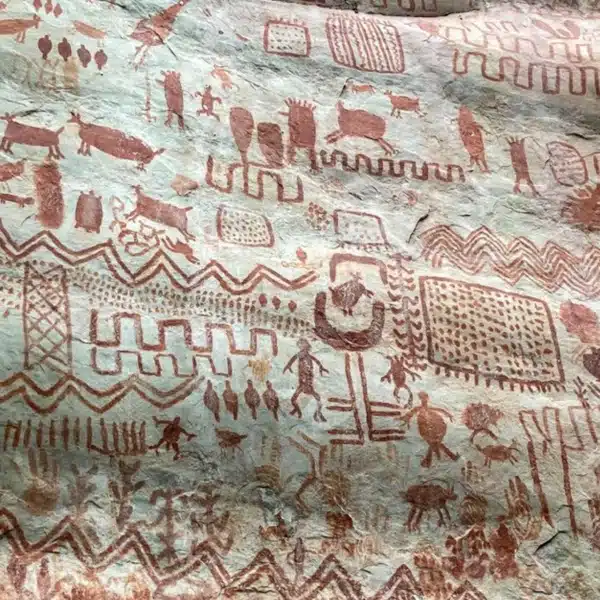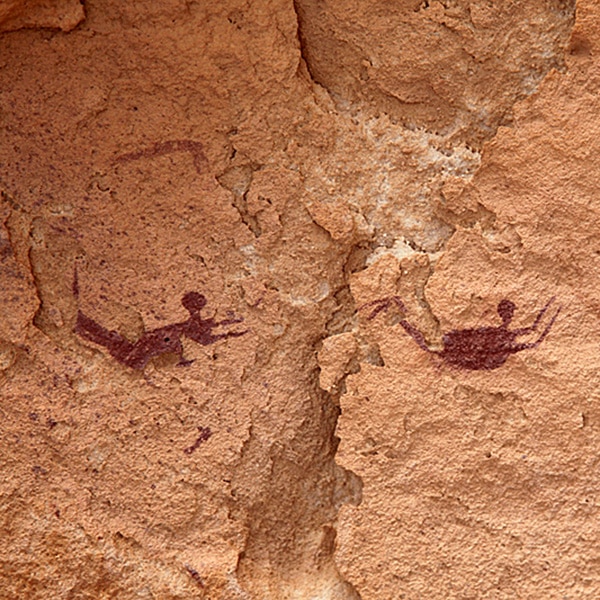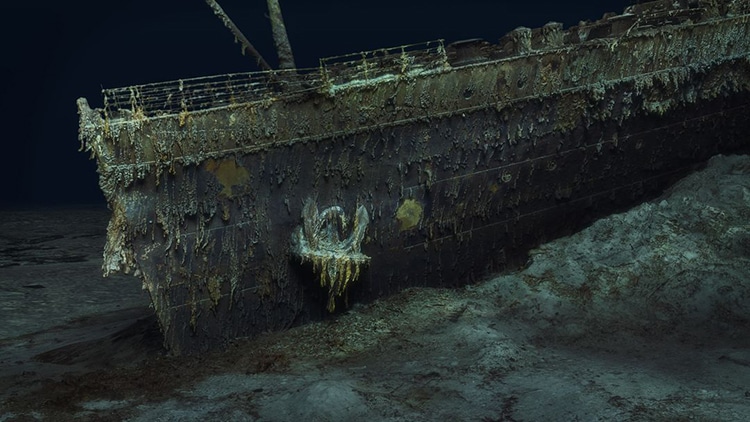
Photo: Atlantic Productions/Magellan
Once more, mankind has returned to Titanic. The ship—which collided with an iceberg in the early hours of the morning on April 10, 1912—has held great sway in the public consciousness for the past century. Most recently, the 25th anniversary of James Cameron's Titanic film has renewed interest in the wreck. However, there is still much that is unknown about how the Titanic, and 1,500 of its passengers, met a tragic watery end. Magellan Ltd, a deep-sea mapping company, and Atlantic Productions are aiming to illuminate the wreck in full by creating a detailed 3D “digital twin” which may answer some of these lingering questions.
To create the model, the teams needed incredibly detailed scans. They embarked on the largest underwater scanning mission to date during the summer of 2022. From a specially positioned ship, submersibles delved over 12,000 feet below the surface to photograph and take video of the Titanic. The team collected 715,000 images and 4k videos for a combined 16 terabytes of data. This data captured tiny details like a serial number on a propeller as well as the ongoing state of decay as the wreck is slowly eaten by microbes.
Gerhard Seiffert of Magellan, noted, “The depth of it, almost 4,000m, represents a challenge, and you have currents at the site, too—and we're not allowed to touch anything so as not to damage the wreck. And the other challenge is that you have to map every square centimeter—even uninteresting parts, like on the debris field you have to map mud, but you need this to fill in between all these interesting objects.”
This data has been combined into a 3D model that's a digital twin of the real ship now smashed on the ocean floor. Parks Stephenson, a Titanic expert, told the BBC the model is an unprecedented step for scholarship. “It allows you to see the wreck as you can never see it from a submersible, and you can see the wreck in its entirety, you can see it in context and perspective. And what it's showing you now is the true state of the wreck,” he said. “We really don't understand the character of the collision with the iceberg. We don't even know if she hit it along the starboard side, as is shown in all the movies—she might have grounded on the iceberg.”
There is even more to learn about Titanic, and the model is a way to bring answers to these mysteries to the surface.
Sixteen terabytes of data, gathered through ambitious dives down to the famous wreck, have been combined to create the first 3D “digital twin” of Titanic.
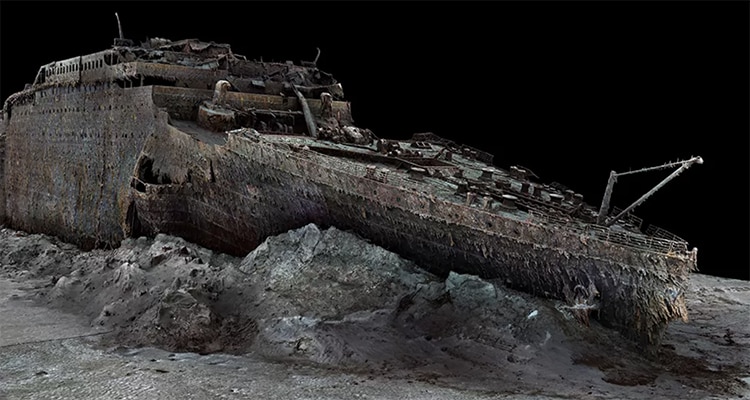
Photo: Atlantic Productions/Magellan
The photorealistic model allows people to zoom in and out, exploring the minute details of the wreck as it lies on the ocean floor.
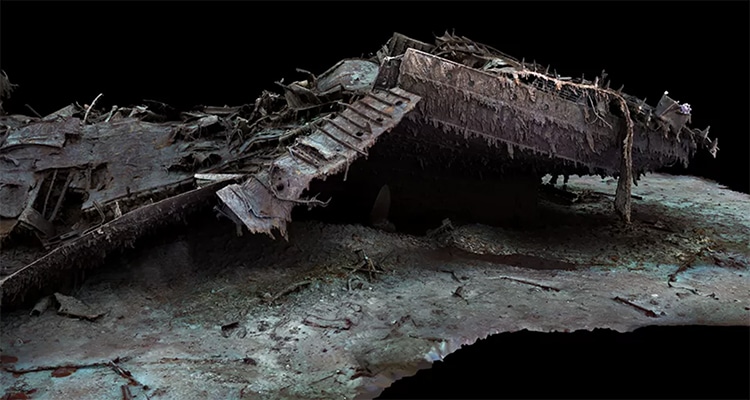
Photo: Atlantic Productions/Magellan
Created by Magellan Ltd and Atlantic Productions, the model is one more representation of the iconic wreck, which has held a certain fascination since it sunk in 1912.
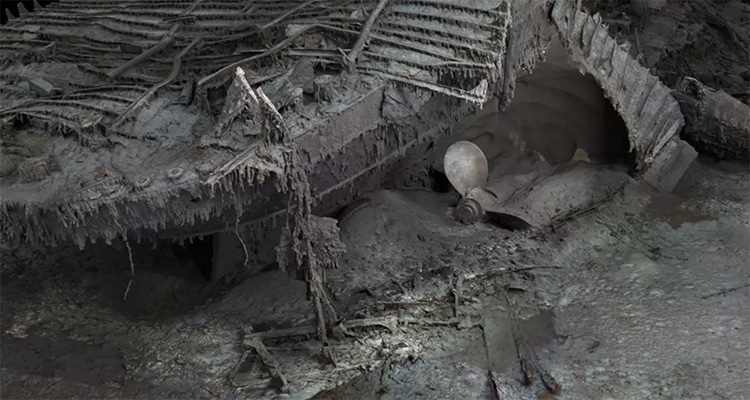
Photo: Atlantic Productions/Magellan
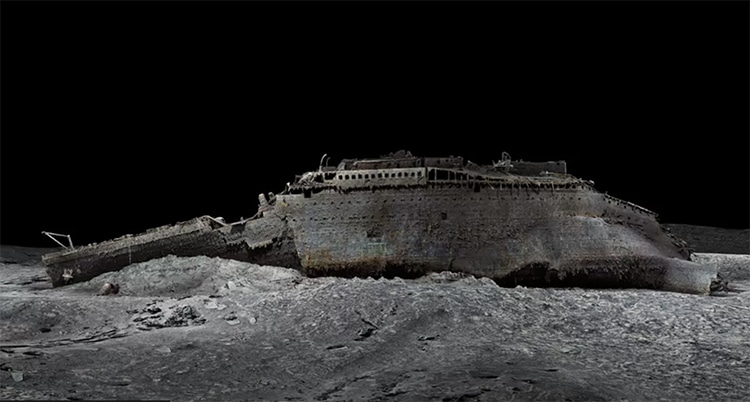
Photo: Atlantic Productions/Magellan
View this post on Instagram
h/t: [BBC, IFL Science]
Related Articles:
Explorers Have Discovered the World’s Deepest Shipwreck 22,621 Feet Under the Sea
Contemporary Paintings Look Back at the Historic Titanic 110 Years After It Sank
19th-Century Shipwreck Found “Frozen in Time” at the Bottom of Lake Huron
Medieval Italian Village Sunken in Lake Will Resurface for the First Time in 27 Years











































































